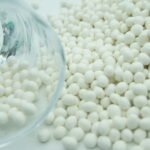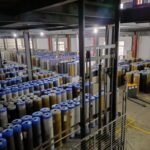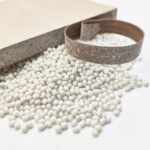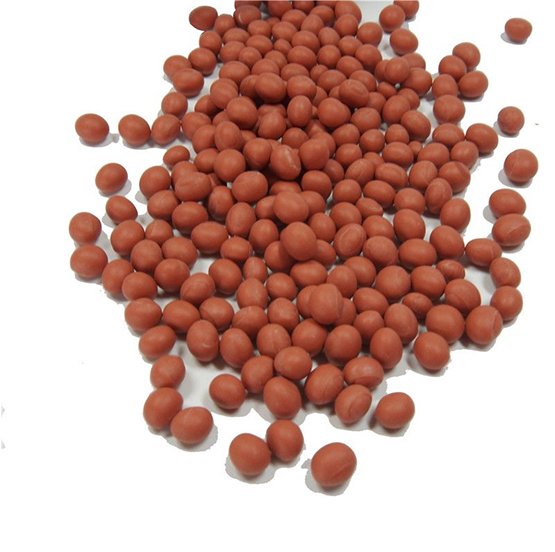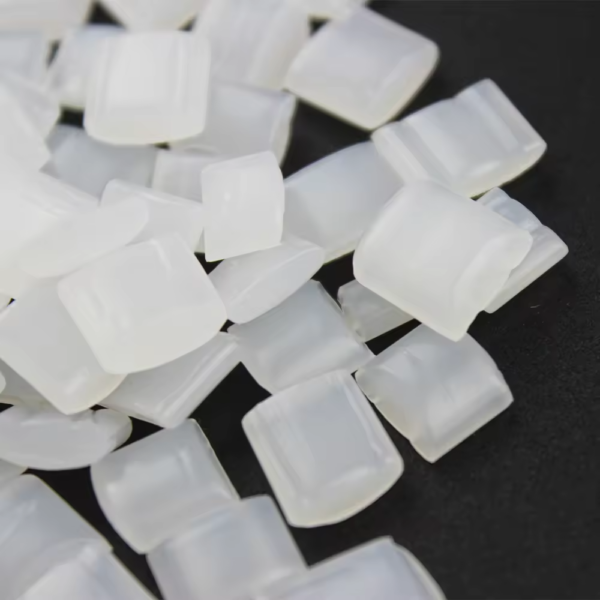In the fast-paced world of industrial manufacturing and product assembly, efficiency, strength, and reliability are paramount. At the heart of countless assembly lines lies a versatile and powerful bonding agent: EVA hot melt glue. If you’re sourcing adhesives for your business, understanding this material is crucial. This comprehensive guide will delve into what EVA hot melt glue is, its key properties, advantages, limitations, and its vast array of industrial applications.
Understanding the Basics: What is EVA Hot Melt Glue?
EVA hot melt glue, or Ethylene-Vinyl Acetate hot melt adhesive, is a thermoplastic polymer that becomes a liquid when heated and solidifies upon cooling. It is one of the most common and widely used types of hot melt adhesives (HMAs) in the world.
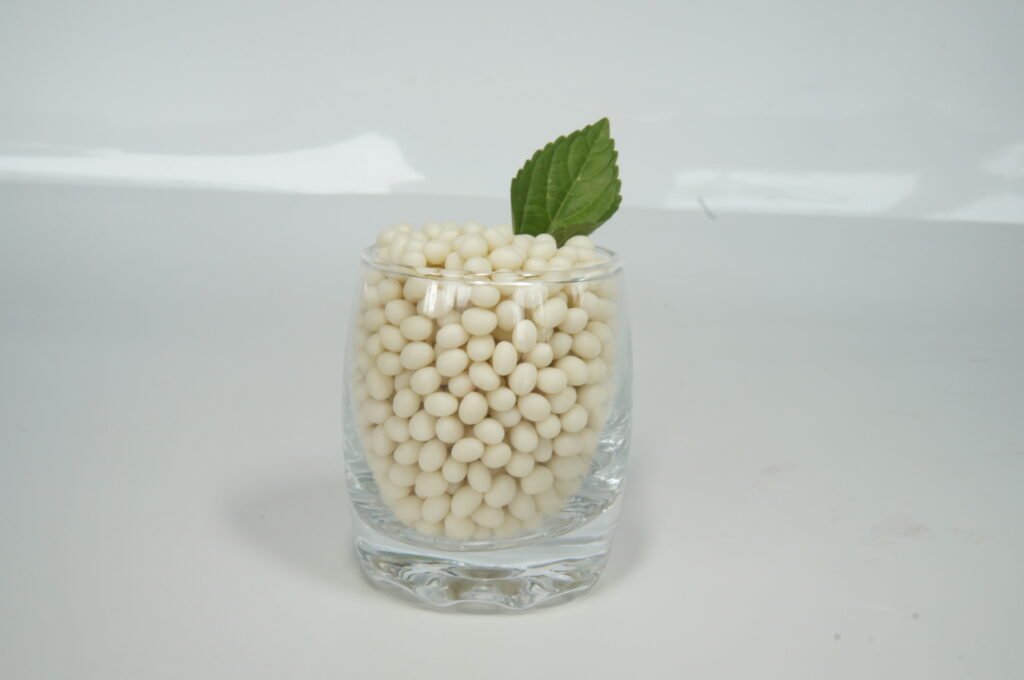
The name reveals its composition:
- Ethylene-Vinyl Acetate (EVA): This is the primary copolymer base. Ethylene provides structural strength and flexibility, while the Vinyl Acetate content (typically ranging from 18% to 40%) enhances adhesion, tackiness, and compatibility with polar substrates like paper and wood.
- Hot Melt Adhesive: This describes its application method. It is supplied in solid form (e.g., pellets, slugs, or blocks), melted in a specialized applicator or glue gun, applied to a surface, and then forms a bond as it cools and returns to a solid state. This process is incredibly fast, often setting in seconds.
The basic EVA formula is often modified with two other key ingredients:
- Tackifiers: These resins increase the initial “stickiness” or tack of the adhesive, improving its ability to wet a surface and form an instant bond.
- Waxes: Waxes control the open time (the period the adhesive remains workable) and set speed (how fast it solidifies). They also reduce viscosity for easier application.
- Antioxidants: These additives prevent the adhesive from degrading or discoloring due to oxidation when heated repeatedly in the tank.
Key Properties and Advantages of EVA Hot Melt Glue
The popularity of EVA hot melt glue stems from a unique combination of properties that make it ideal for many industrial scenarios.
- Excellent Adhesion to Diverse Materials: EVA-based adhesives bond well with a wide range of porous and non-porous materials, including paper, cardboard, wood, fabrics, leather, and some plastics. This versatility is a significant advantage.
- High Initial Tack and Fast Setting Speed: This is arguably its greatest benefit. EVA hot melt glue can form a strong initial bond in seconds, dramatically increasing production line speeds and throughput. There’s no need for long clamping or drying times.
- Good Flexibility and Toughness: Once set, EVA adhesives remain somewhat flexible, which helps absorb stresses and impacts without cracking, making them suitable for products that may bend or flex.
- Ease of Application and Cleanliness: Being 100% solid, EVA hot melts contain no solvents or water. This means there are no volatile organic compounds (VOCs), making them safer for workers and the environment. The application process is clean, without the mess associated with liquid glues.
- Cost-Effectiveness: The combination of high-speed application, energy-efficient melting, and the elimination of drying ovens or solvent recovery systems makes EVA hot melt glue a very economical choice for mass production.
- Reversible/Repairable Bonds: Since EVA is a thermoplastic, the bond can be softened or remelted with heat. This is useful for disassembly, recycling, or correcting misapplied parts.
Limitations and Considerations
While incredibly versatile, EVA hot melt glue is not a universal solution. Understanding its limitations is key to selecting the right adhesive for your project.
- Limited Thermal Resistance: Standard EVA adhesives have a relatively low service temperature, typically softening around 65-85°C (149-185°F). They are not suitable for applications exposed to high heat (e.g., under the hood of a car or in electronic devices that generate significant heat).
- Poor Resistance to Chemicals and Moisture: EVA bonds can be weakened or dissolved by solvents, oils, and prolonged exposure to water or high humidity. They are not ideal for harsh environments.
- Susceptibility to “Cold Flow”: Under constant heavy load, the adhesive can slowly deform over time, a phenomenon known as cold flow.
- Surface Preparation is Key: For optimal bonding, surfaces must be clean, dry, and free of dust, oil, or grease. The adhesive does not fill large gaps effectively.
For applications requiring higher performance, alternative hot melts like Polyolefin (APAO/APO) or Polyamide (PA) are often used, though at a higher cost.
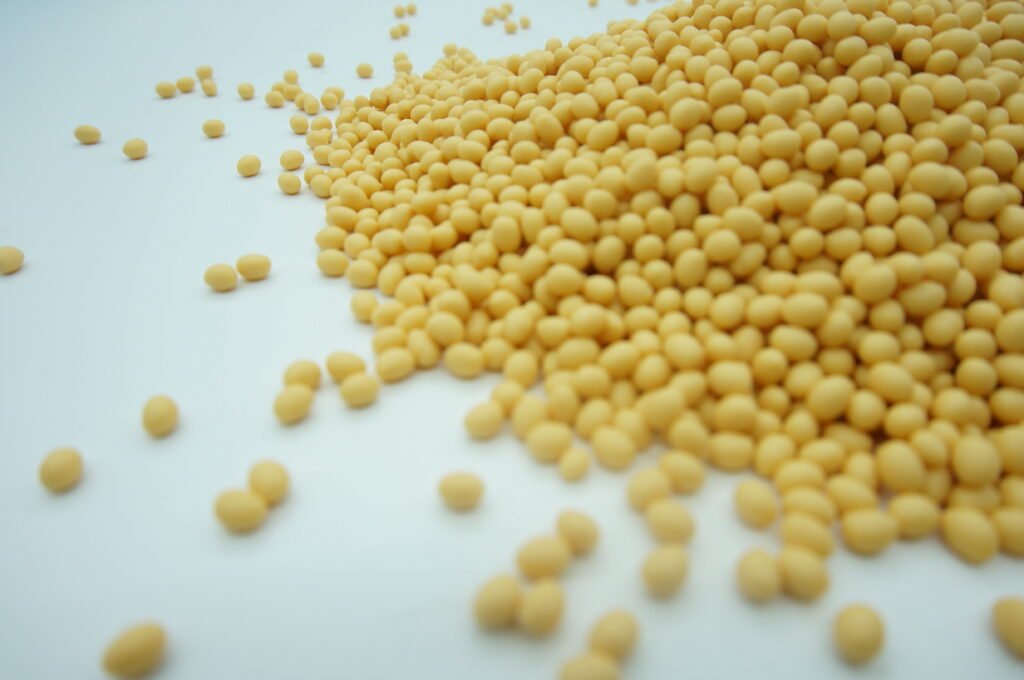
Industrial Applications of EVA Hot Melt Glue
The properties of EVA hot melt glue make it a workhorse across numerous industries. Here are some of the most common applications:
1. Packaging Industry
This is the largest market for EVA hot melts. They are essential for:
- Case and Carton Sealing: Fast-setting EVA glues are perfect for sealing cardboard boxes on automated production lines.
- Product Assembly: Used to attach inserts, brochures, or samples inside packaging.
- Bottle Labeling: Provides a fast and secure bond for paper labels on glass and plastic containers.
2. Woodworking and Furniture Manufacturing
EVA adhesives are widely used in:
Edge Banding: Bonding PVC, wood veneer, or melamine strips to the edges of particleboard or MDF.
Panel Lamination: Assemblying furniture components and laminating surfaces.
Door and Window Assembly: Used in the construction of hollow-core doors and window frames.
3. Textile and Footwear
In this sector, flexibility is key. EVA hot melts are used for:
Shoe Manufacturing: Bonding insoles, heel counters, and other components before permanent stitching.
Apparel: Applying temporary fixes, attaching interlinings, and in some disposable garment applications.
4. Bookbinding and Graphic Arts
The need for a clean, fast-binding adhesive makes EVA ideal for:
Perfect Binding: Binding the pages of paperback books, magazines, and catalogs to the spine.
DIY and Crafting: While professional applications use industrial equipment, the consumer-grade glue sticks used in hot glue guns are typically EVA-based, highlighting its versatility from factory floors to home workshops.
5. Hygiene Product Assembly
In the manufacture of disposable hygiene products like diapers and sanitary napkins, specialized EVA formulas are used for:
Elastic Attachment: Bonding elastic strands.
Core Stabilization: and other construction applications where softness and flexibility are required.
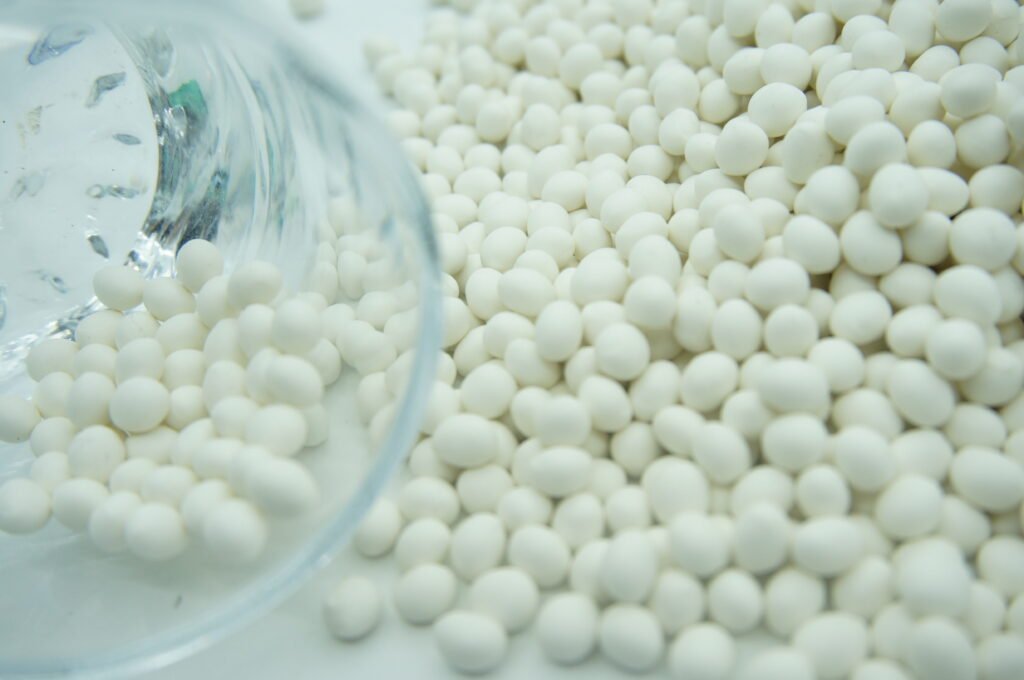
Choosing the Right EVA Hot Melt Glue
Not all EVA hot melt glue formulas are the same. When sourcing for your business, consider these factors:
- Open Time: How long does the adhesive remain molten and bondable after application? A long open time is needed for complex assemblies, while a short one is for high-speed lines.
- Set Speed: How quickly does it develop handling strength? This directly impacts production speed.
- Viscosity: The fluidity of the molten adhesive affects how it is applied (spray, bead, coil) and its ability to penetrate surfaces.
- Service Temperature: What is the maximum temperature the bonded product will be exposed to during its lifecycle?
- Substrate: What materials are you bonding? Test the adhesive on your specific materials.
- Pro Tip for Buyers: Always request samples from your supplier and conduct rigorous tests under your actual production conditions before making a bulk purchase.
Conclusion: The Indispensable Industrial Partner
EVA hot melt glue remains a cornerstone of modern industrial manufacturing due to its unparalleled combination of speed, versatility, and cost-effectiveness. While it has limitations regarding heat and chemical resistance, its performance in a vast range of applications—from sealing millions of cartons to binding the books we read—is undeniable.
For businesses looking to optimize their assembly processes, understanding the capabilities of EVA hot melt glue is the first step toward making an informed sourcing decision. By partnering with a reliable supplier who can provide technical support and consistent quality, you can leverage this powerful adhesive to enhance your product quality and boost your operational efficiency.






